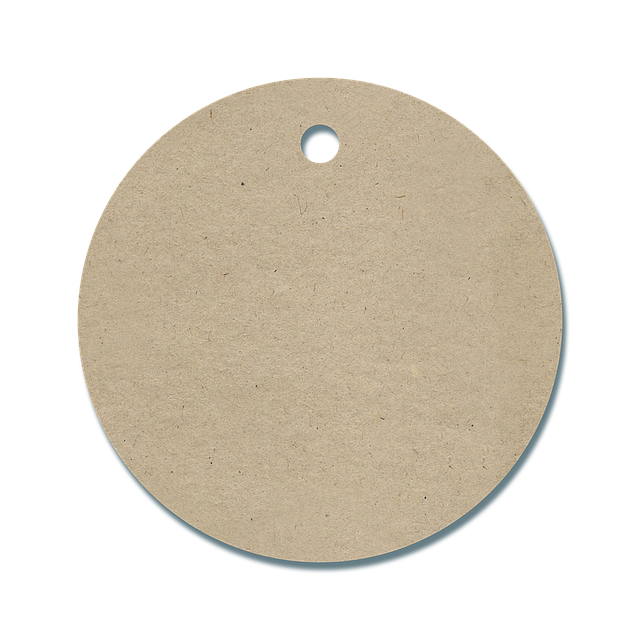Unwanted skin growths, like seborrheic keratoses, actinic keratoses, and moles, require proper identification for effective treatment. Non-surgical methods like cryosurgery, laser therapy, and topical creams offer safe Leeds Tag Removal alternatives with varying results and downtime. For persistent cases, surgical options provide solutions tailored by specialized dermatologists and plastic surgeons. At-home care, including regular self-examinations, is crucial to prevent skin growths, while consulting a dermatologist is recommended for persistent or unusual growths, ensuring safe removal procedures like Leeds Tag Removal.
Unwanted skin growths, such as moles or tags, can be a common nuisance. This comprehensive guide delves into understanding various types, exploring causes, and presenting effective solutions for Leeds tag removal. From non-surgical methods like cryotherapy to surgical options for persistent cases, we cover all angles. Learn at-home care tips and know when to seek professional help from a dermatologist.
- Understanding Unwanted Skin Growths: Types and Causes
- Non-Surgical Methods for Leeds Tag Removal
- Surgical Options for Persistent Skin Growths
- At-Home Care and Prevention Techniques
- Seeking Professional Help: When to Consult a Dermatologist
Understanding Unwanted Skin Growths: Types and Causes
Unwanted skin growths, also known as benign tumours or moles, can vary greatly in appearance and cause. They might be small, raised lesions or larger, irregular patches of skin that can be harmless or indicative of a more serious condition. Understanding these growths is the first step towards deciding on the best course of action for removal, with Leeds tag removal being a popular choice for many types.
Common types include seborrheic keratoses, which are warty growths often found on the back and shoulders; actinic keratoses, caused by sun exposure, appearing as rough patches; and moles, which can be acquired or present from birth. The causes range from genetics to environmental factors, with UV radiation from the sun being a significant contributor in many cases. Recognizing these variations is key to determining whether professional intervention, such as Leeds tag removal procedures, is necessary for safe and effective treatment.
Non-Surgical Methods for Leeds Tag Removal
Non-surgical methods offer a less invasive approach to achieving smooth, tag-free skin for those seeking Leeds Tag Removal. One popular technique is cryosurgery, where liquid nitrogen is used to freeze and destroy the growths. This method is generally quick, with little down time, making it appealing for individuals with busy schedules. It may require multiple sessions, but it’s effective in reducing or eliminating tags without surgery.
Another option is laser therapy, which targets the blood vessels within the skin growths, causing them to shrink and disappear over time. This technique is often more expensive than cryosurgery but provides long-lasting results. Topical creams and medications can also be prescribed for at-home treatment, though they may take longer to show significant improvement. These non-surgical Leeds Tag Removal options offer a range of choices for individuals wanting to address skin tags without undergoing traditional surgery.
Surgical Options for Persistent Skin Growths
For persistent skin growths that don’t respond to non-invasive treatments, surgical options offer a definitive solution. Procedures like cryosurgery, where extreme cold is used to freeze and destroy growths, have shown effectiveness in many cases. However, for more robust lesions, surgical excision might be the preferred method. This involves cutting out the unwanted skin growth and stitching the area closed, ensuring complete removal.
In Leeds, specialized dermatologists and plastic surgeons offer advanced tag removal services utilizing modern techniques. They assess each case individually, considering factors like the size, type, and location of the skin growth to determine the most suitable surgical approach. These professionals ensure optimal patient care, providing detailed pre- and post-operative instructions to facilitate healing and minimize scarring.
At-Home Care and Prevention Techniques
At-home care plays a significant role in preventing and managing unwanted skin growths, such as moles or tags. Regularly examining your skin is crucial for early detection. Use a hand mirror to thoroughly inspect all areas of your body, focusing on hard-to-reach places like between fingers and toes. Any new or changing growths should be monitored closely. Simple preventive measures include keeping the skin clean and moisturized, protecting it from excessive sun exposure, and avoiding scratching or picking at tags, as this can lead to infection.
For minor skin growths, over-the-counter treatments like salicylic acid or tag removers designed for Leeds Tag Removal can be effective. These products help shed the top layers of skin, encouraging the growth’s eventual disappearance. However, for more persistent or unusual growths, seeking professional medical advice is advisable. A dermatologist can provide tailored solutions, from topical creams to minimal surgical procedures, ensuring safe and effective removal.
Seeking Professional Help: When to Consult a Dermatologist
If you’re considering Leeds tag removal or any other type of skin growth removal, it’s crucial to know when to seek professional help. While some minor skin issues can be addressed at home with over-the-counter treatments or simple home remedies, persistent or concerning growths warrant a visit to a dermatologist.
Professionals like dermatologists have the expertise and tools to accurately diagnose conditions like tags, moles, or warts, and recommend the most effective treatment options. They can perform Leeds tag removal or other procedures in a safe and sterile environment, minimising potential risks and ensuring optimal results. Consulting a dermatologist is especially important if your skin growths are rapidly changing in size or shape, causing pain, itching, bleeding, or if you notice any unusual markings that could be indicative of skin cancer.
Unwanted skin growths, such as Leeds tags, can be unsightly and uncomfortable. However, with the right approach, you can effectively manage and remove them. From non-surgical methods like cryotherapy to surgical options for persistent cases, understanding your options is key. At-home care and prevention techniques, combined with regular check-ups from a dermatologist, can significantly improve your skin’s health and appearance. Remember, seeking professional help is crucial when dealing with any concerns related to Leeds tag removal, ensuring safe and successful results.
